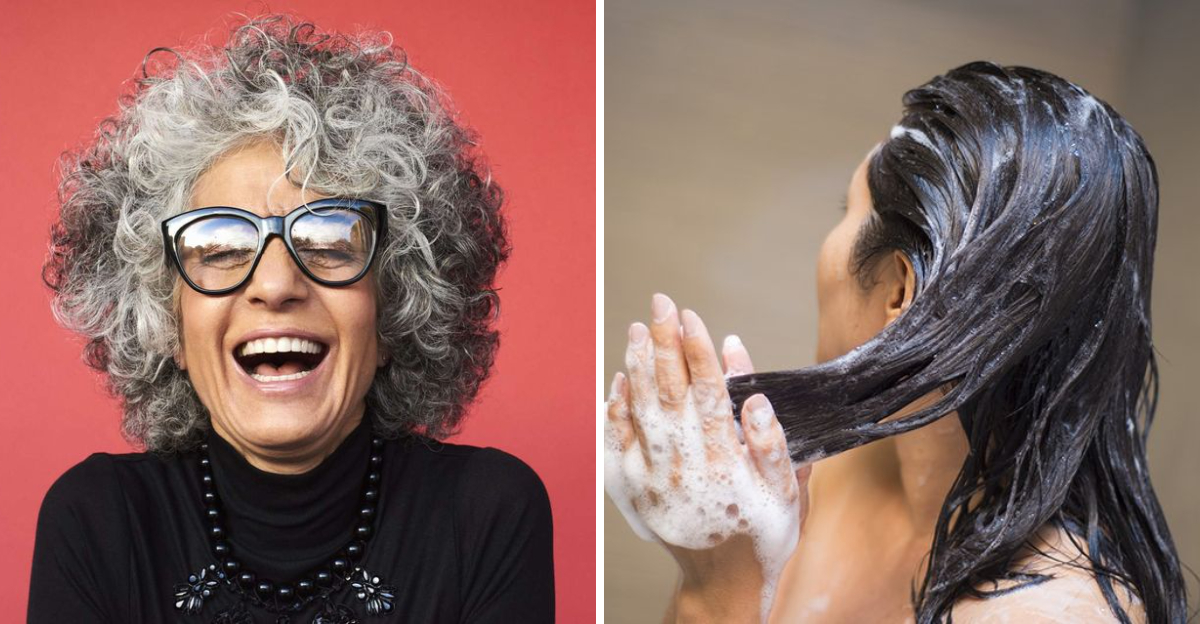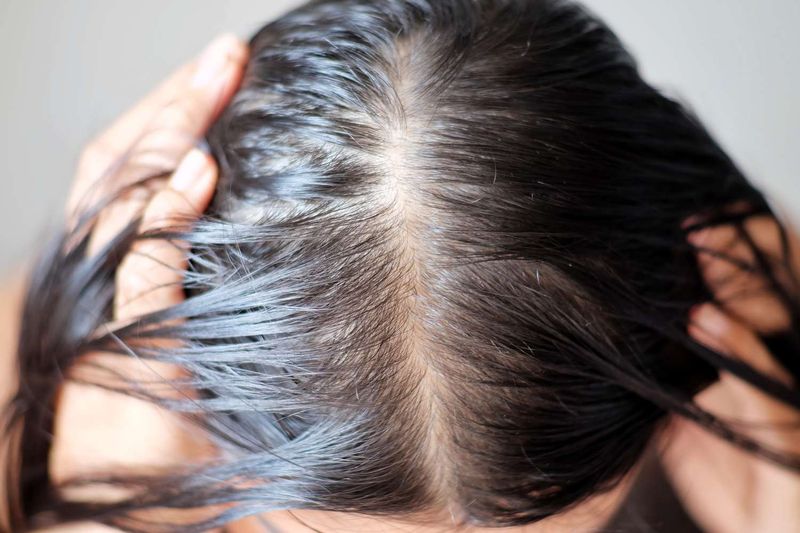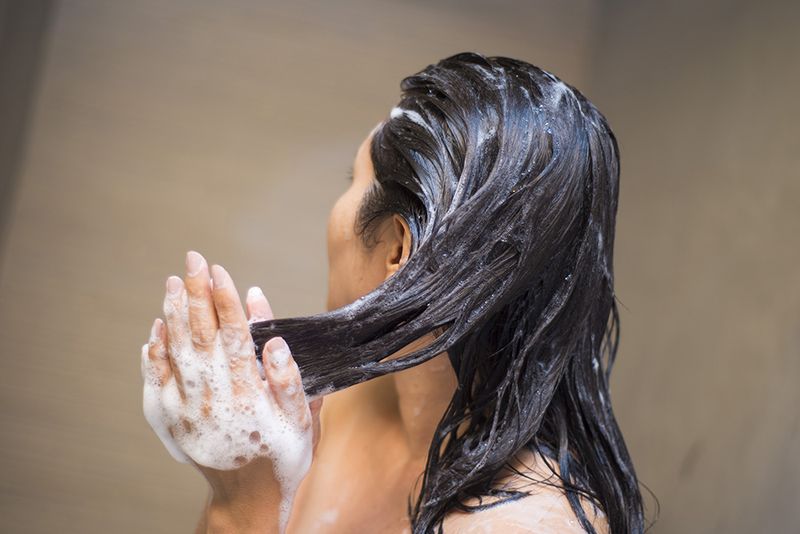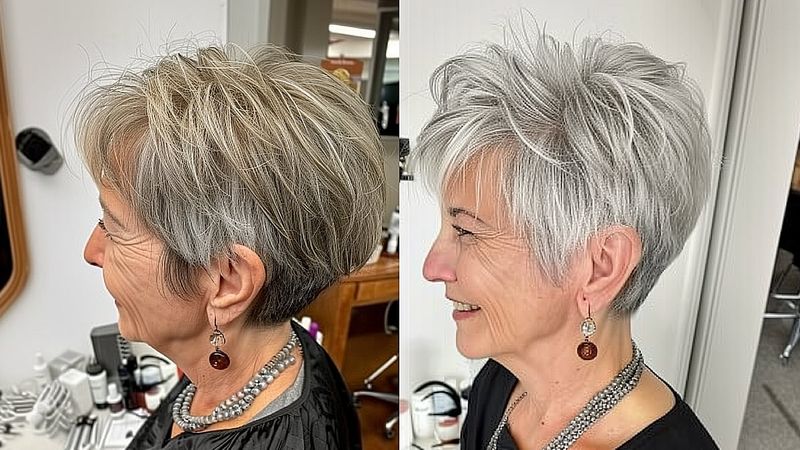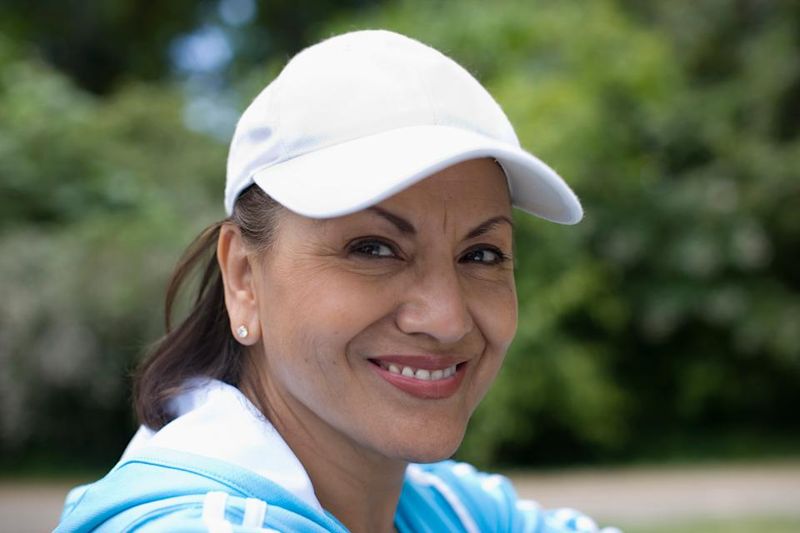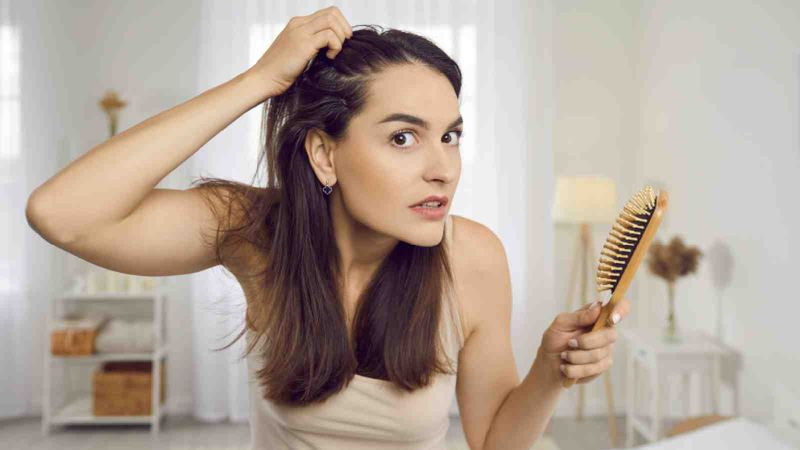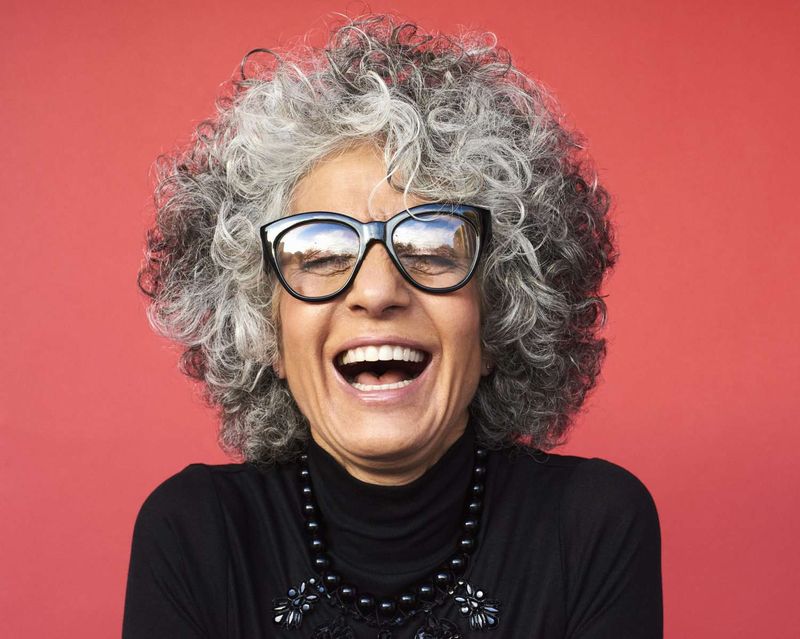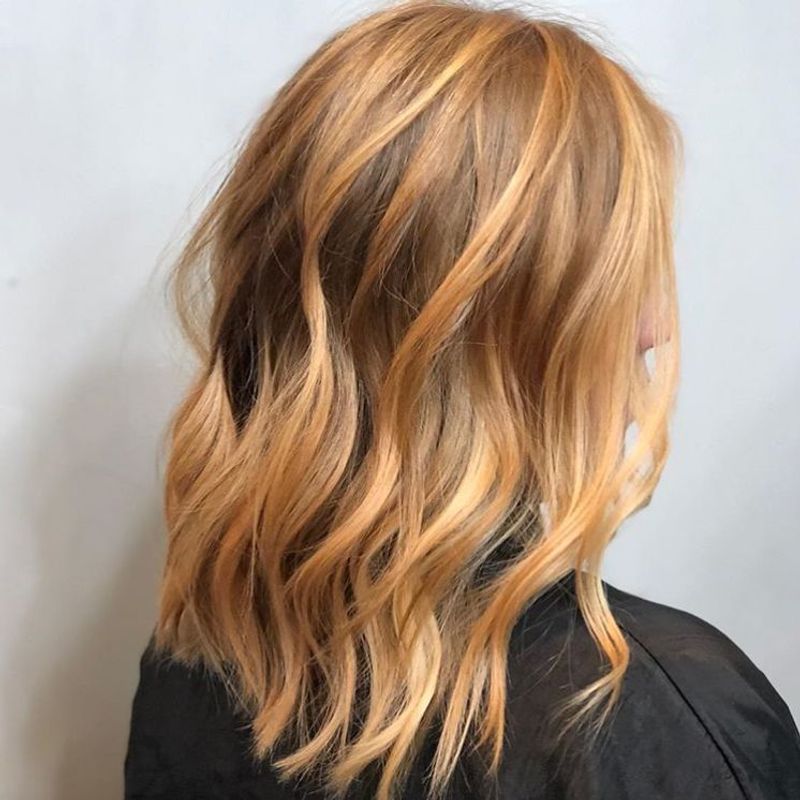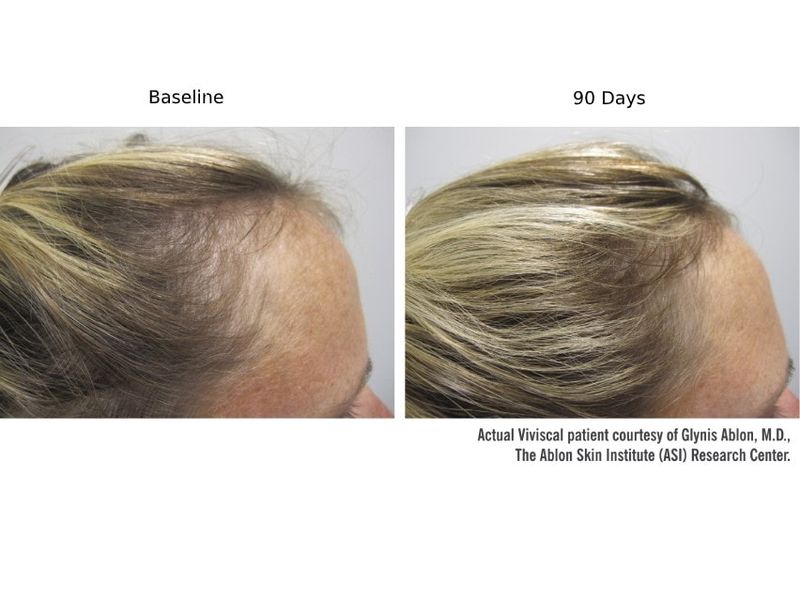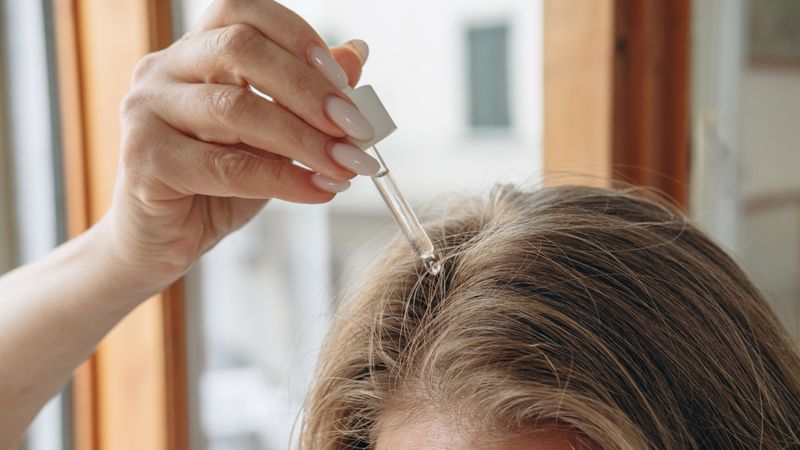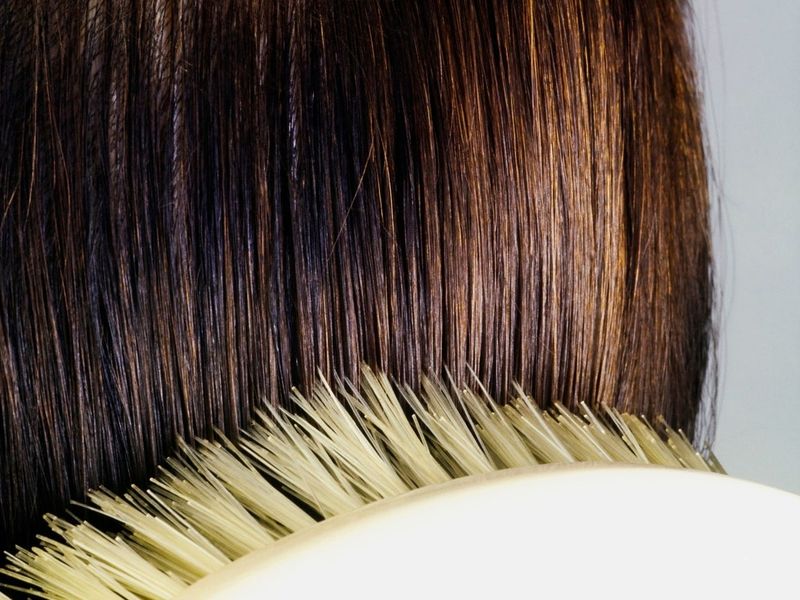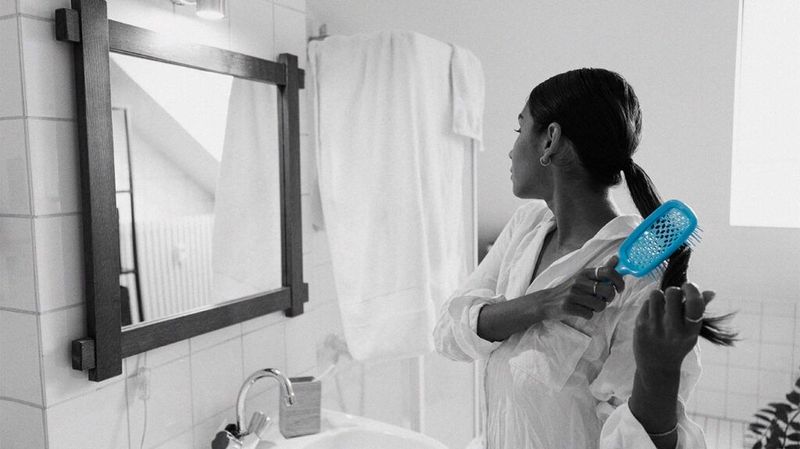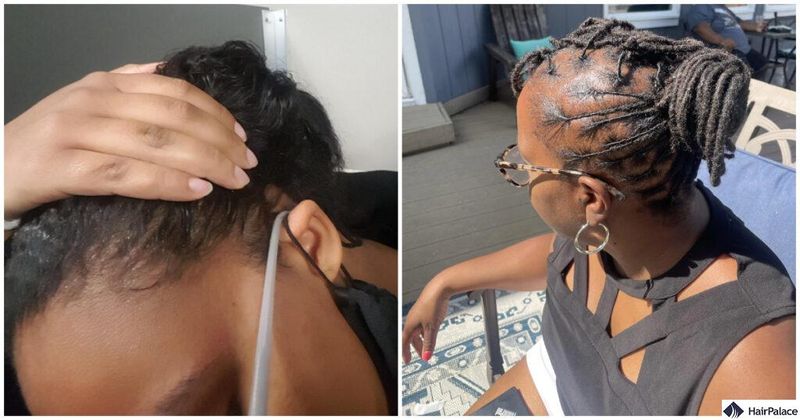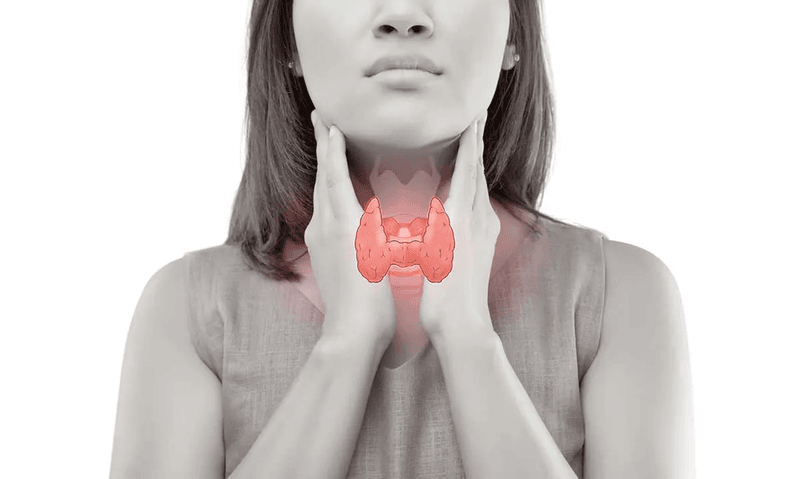Hair loss can be distressing, especially for women as they age. Many misconceptions about thinning hair lead to unnecessary worry and ineffective treatments.
Understanding what’s true and what’s not can help you take better care of your locks and feel more confident about your appearance.
1. Only Men Experience Significant Hair Loss
Women actually make up about 40% of hair loss sufferers. After menopause, nearly two-thirds of women experience thinning hair or bald spots. Hormonal changes, genetics, and aging all contribute to female pattern hair loss, making it just as common as male baldness in later years.
Related: -15 Subtle Reasons People Stop Loving Their Hair as They Get Older
2. Frequent Washing Causes Hair to Fall Out
Regular shampooing won’t make your hair fall out faster. Clean hair follicles actually promote healthier growth and remove buildup that can block new hair. Many older women skip washes fearing hair loss, but this only leads to scalp issues that might worsen the problem.
3. Cutting Hair Short Helps It Grow Thicker
Hair thickness is determined by genetics and health factors, not length. A shorter cut might create the illusion of fuller hair, but doesn’t change the actual growth pattern. Your hair grows from the roots, not the ends, so trimming has no effect on follicle activity or density.
4. Wearing Hats Causes Baldness
Those stylish sun hats aren’t damaging your follicles! Hats only cause hair loss if they’re extremely tight and worn constantly, creating traction alopecia. Normal headwear actually protects your scalp from sun damage that could potentially harm follicles and accelerate thinning.
5. Stress Always Causes Permanent Hair Loss
Stress can trigger temporary shedding called telogen effluvium, but it typically reverses once stress levels normalize. The hair cycle usually resets within 6-9 months. Many women blame permanent thinning on past stress when other factors like hormones or genetics are the real culprits.
6. Going Gray Causes Hair to Thin
Gray hair and thinning happen around the same time but aren’t directly connected. Gray occurs when follicles stop producing melanin, while thinning relates to follicle shrinkage. The coarser texture of gray hair can actually create more volume in some women, counteracting age-related thinning.
7. Coloring Your Hair Causes Permanent Damage
Modern hair dyes are gentler than ever before. When applied correctly and not too frequently, coloring doesn’t significantly damage hair follicles or cause permanent loss. Many women avoid covering grays fearing damage, but professional coloring can actually add volume and shine to aging hair.
8. Supplements Always Fix Hair Thinning
Biotin, collagen, and other popular supplements only help if your hair loss stems from specific nutritional deficiencies. For most women, they provide minimal benefits despite impressive marketing claims. Check with your doctor before investing in expensive supplements that might not address your particular cause of thinning.
9. Brushing 100 Strokes Daily Strengthens Hair
Excessive brushing actually damages hair shafts and can increase breakage. Gentle detangling is all that’s needed to distribute natural oils and remove debris. This old wives’ tale persists despite causing more harm than good, especially for the already fragile hair of older women.
10. Massaging Oils Into Your Scalp Reverses Baldness
Scalp massages feel wonderful and may temporarily increase blood flow, but they can’t revive dormant follicles. Essential oils might improve scalp health but won’t regrow significantly thinned areas. Many women waste money on expensive oil treatments expecting miraculous results that science doesn’t support.
11. Hormonal Hair Loss Only Happens During Menopause
Hormonal hair thinning can begin in perimenopause, sometimes starting in your early 40s. Many women don’t connect earlier thinning to hormonal changes. The gradual decline in estrogen relative to testosterone affects hair growth long before hot flashes or other obvious menopause symptoms appear.
12. Prescription Medications Always Cause Permanent Hair Loss
While some medications can trigger shedding, most drug-related hair loss reverses after stopping or changing the medication. Blood pressure medications, antidepressants, and cholesterol drugs are common culprits. Never discontinue medication without consulting your doctor, but know that alternatives often exist.
13. Ponytails and Updos Are Always Safe Hairstyles
Tight hairstyles create tension that damages follicles, leading to traction alopecia. Many older women don’t realize their go-to styles are contributing to their thinning. Loose buns, soft braids, and changing your hairstyle frequently gives follicles a break from constant pulling.
14. Hair Loss Is Purely Cosmetic with No Health Implications
Sudden or unusual hair loss patterns can signal underlying health conditions like thyroid disorders, autoimmune diseases, or nutritional deficiencies. Don’t dismiss significant changes as merely age-related. A thorough medical evaluation can uncover treatable conditions before they affect more than just your hair.
15. Nothing Can Be Done About Age-Related Hair Loss
Effective treatments exist for women’s hair loss at any age. From topical minoxidil to low-level laser therapy and platelet-rich plasma treatments, options continue to expand. Many women resign themselves to thinning hair without exploring medical interventions that could significantly improve their situation.

